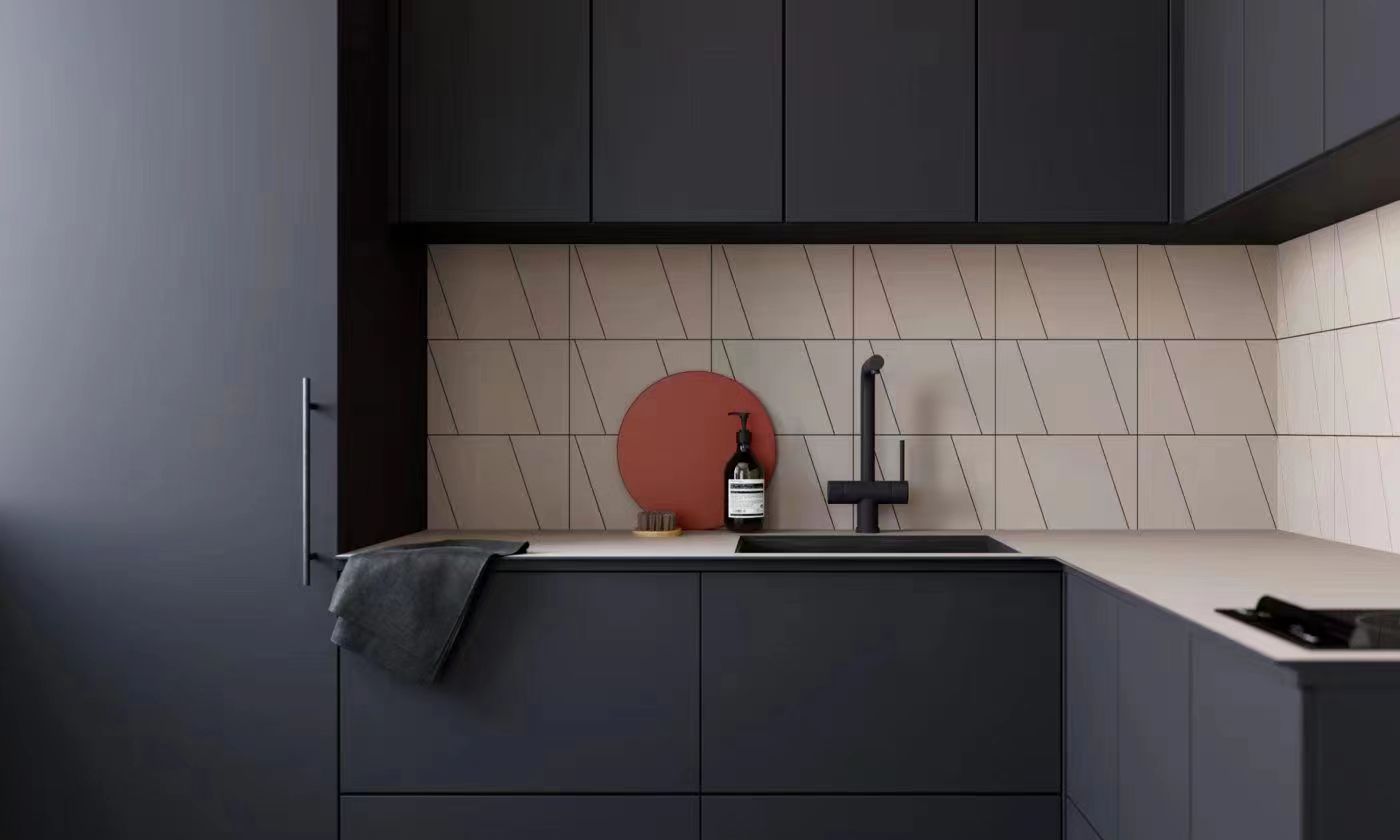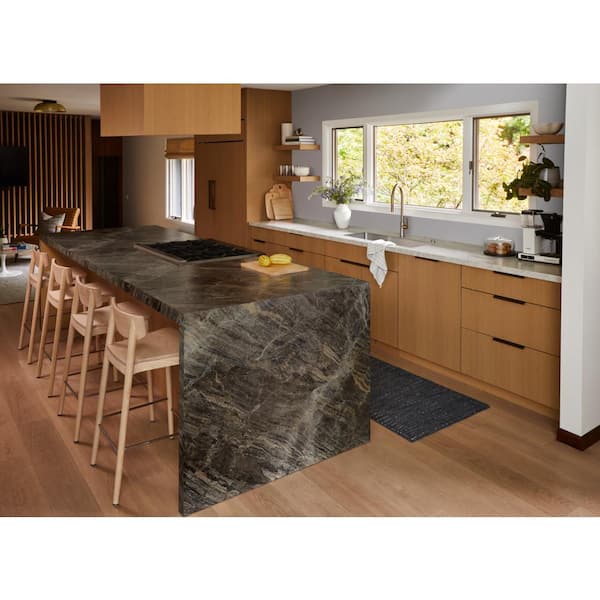Anyone in the building materials and interior decoration industry is familiar with Formica. As one of the earliest international brands in the fireproof board industry, Formica has established a reputation for its decorative surface materials. Fireproof boards are widely used in furniture, interior cladding, partitions, and commercial spaces.
However, with the rise of cost-effective and high-performance alternatives such as Polybett, many buyers are rethinking whether Formica is still worth the high price tag.
This article dives deep into Formica’s pricing, explores its disadvantages, and compares it with Polybett’s competitive advantages.
Understanding Formica HPL Fireproof Board
Formica, founded in 1913, is one of the oldest manufacturers of HPL (High Pressure Laminate) fireproof panels. These panels are made using decorative paper, kraft paper, and phenolic resin, pressed under high temperature and pressure.
They are commonly applied on:
Cabinet and furniture surfaces
Wall panel cladding
Hospital and laboratory interiors
Hotel public spaces and commercial buildings
HPL fireproof boards are valued for their durability, moisture resistance, and decorative finish. However, their pricing structure and market conditions have created some notable drawbacks for buyers and contractors.
Current Price of Formica Fireproof Board
The price of Formica HPL fireproof board typically falls in the mid-to-high segment of the market.
Standard thickness (1.0mm–1.2mm): around ¥300–¥400 per sheet
High-end surface finishes or special textures: may reach ¥500–¥700 per sheet
Custom designs or imported models: can exceed ¥800 per sheet
This pricing is influenced by:
Import duties and branding costs
Multiple layers of distribution (agents, wholesalers, retailers)
Brand recognition and reputation
For small- and medium-scale projects, this can be a significant budget burden. While the quality is reliable, there are more cost-efficient alternatives available.
Major Disadvantages of Formica HPL Fireproof Board
1. High Price with Limited Flexibility
One of the most noticeable drawbacks is the high cost of Formica boards. While they deliver good performance, other domestic and international brands offer comparable quality at a lower price.
For example, similar fireproof boards from Green Ya, a well-known domestic manufacturer, can cost 30% less while maintaining solid durability and texture quality.
For large commercial projects, this cost gap can significantly impact the budget, especially when installing hundreds or thousands of square meters.
2. Risk of Counterfeits in the Market
Another critical issue is the proliferation of counterfeit Formica boards. Many consumers assume that every seller offering “Formica” is an official dealer, but unlicensed sellers and private labels are widespread.
Common issues include:
Counterfeit boards sold at inflated prices
Melamine-coated boards falsely advertised as Formica HPL
Quality inconsistencies, leading to shorter service life
Buyers who are not familiar with the product may end up overpaying for an inferior product.
3. Overlapping Agent Channels
Formica’s distribution system involves multiple layers of agents, leading to:
Non-transparent pricing
Inconsistent quotations between regions
Dealers adding high markups, sometimes doubling the base cost
This complicated supply chain can frustrate contractors and end-users who need stable pricing and fast delivery.
4. Limited Customization
While Formica offers a range of colors and finishes, its customization process is not as flexible as many modern competitors. Lead times for special textures or colors can be long, making it less suitable for time-sensitive projects.
Why Polybett HPL Fireproof Board is a Stronger Choice
In recent years, Polybett has emerged as a reliable and cost-effective alternative to Formica. With over 20 years of manufacturing experience, Polybett offers high-quality HPL fireproof panels that meet international standards—but at more competitive prices.

1. Direct Factory Pricing
Unlike Formica, Polybett ships directly from the factory, which eliminates multiple layers of distributors and ensures transparent pricing.
This direct supply chain model provides faster delivery, stable supply, and lower costs, which is crucial for large-scale projects.
2. Superior Texture and Design Options
Polybett offers a wider range of surface finishes compared to traditional brands. Options include:
Solid matte and high-gloss finishes
Woodgrain, marble, stone, and metallic textures
Custom design development for designers and contractors
This allows interior designers and project managers to create unique and modern spaces without compromising on budget.
3. Strong Environmental Certifications
All Polybett fireproof boards comply with E1-grade environmental standards and are manufactured using phenolic resin and imported kraft paper.
Key certifications:
E1 and above formaldehyde emission standards
Fire safety and flame retardancy certifications
Moisture and impact resistance
This ensures that Polybett panels are safe, eco-friendly, and suitable for public buildings like hospitals, schools, offices, and hotels.
4. Excellent Flame Retardancy
Polybett’s B1 flame retardant rating meets national safety standards, ensuring reliable fire resistance performance. Unlike urea-based low-end fireproof panels that crack under stress, Polybett maintains stability under high temperatures, making it a safer long-term investment.
5. Flexible Customization and Fast Turnaround
Polybett supports custom colors, special sizes, and fast production cycles. For designers and contractors, this is a major advantage:
Whether for office partitions, laboratory furniture, or hotel walls, Polybett offers adaptability that many traditional brands cannot.
Price Comparison: Formica vs. Polybett
| Feature | Formica HPL Board | Polybett HPL Board |
| Price per sheet | ¥450–¥700 | ¥350–¥450 |
| Customization | Limited | Highly flexible |
| Distribution | Multi-layer agents | Direct factory supply |
| Texture options | Standard finishes | Extensive (wood, stone, metallic, custom) |
| Flame retardancy | B1 | B1 |
| Environmental rating | E1 | E1 and above |
| Lead time | Longer | Faster |
The comparison clearly shows that Polybett provides better value for contractors, furniture makers, and interior designers who prioritize both quality and cost-efficiency.
Final Thoughts: Choosing the Right HPL Fireproof Board
Formica remains a recognized international brand with solid quality and a long history in the industry. However, its higher pricing, agent complexity, and market counterfeits make it less attractive for cost-sensitive projects.
Polybett, by contrast, provides factory-direct pricing, reliable quality, and flexible customization—all while maintaining the same performance standards.
For architects, designers, and procurement teams looking to optimize budget without compromising durability, Polybett is a smart and modern choice.
English
Русский
العربية
Français
Español
Português
Deutsch
italiano
日本語
한국어
Nederlands
Tiếng Việt
ไทย
Polski
Türkçe
አማርኛ
Bahasa Melayu
தமிழ்
Filipino
Bahasa Indonesia
magyar
Română
Монгол
қазақ
Српски
हिन्दी
فارسی
Kiswahili
Slovenčina
Slovenščina
Svenska
українська
Ελληνικά
Suomi
Հայերեն
עברית
اردو
Shqip
বাংলা
Hrvatski
Afrikaans
Māori
සිංහල
Oʻzbekcha
latviešu
Беларуская мова
Bosanski
Български
ქართული
Lietuvių
Malti
Runasimi




